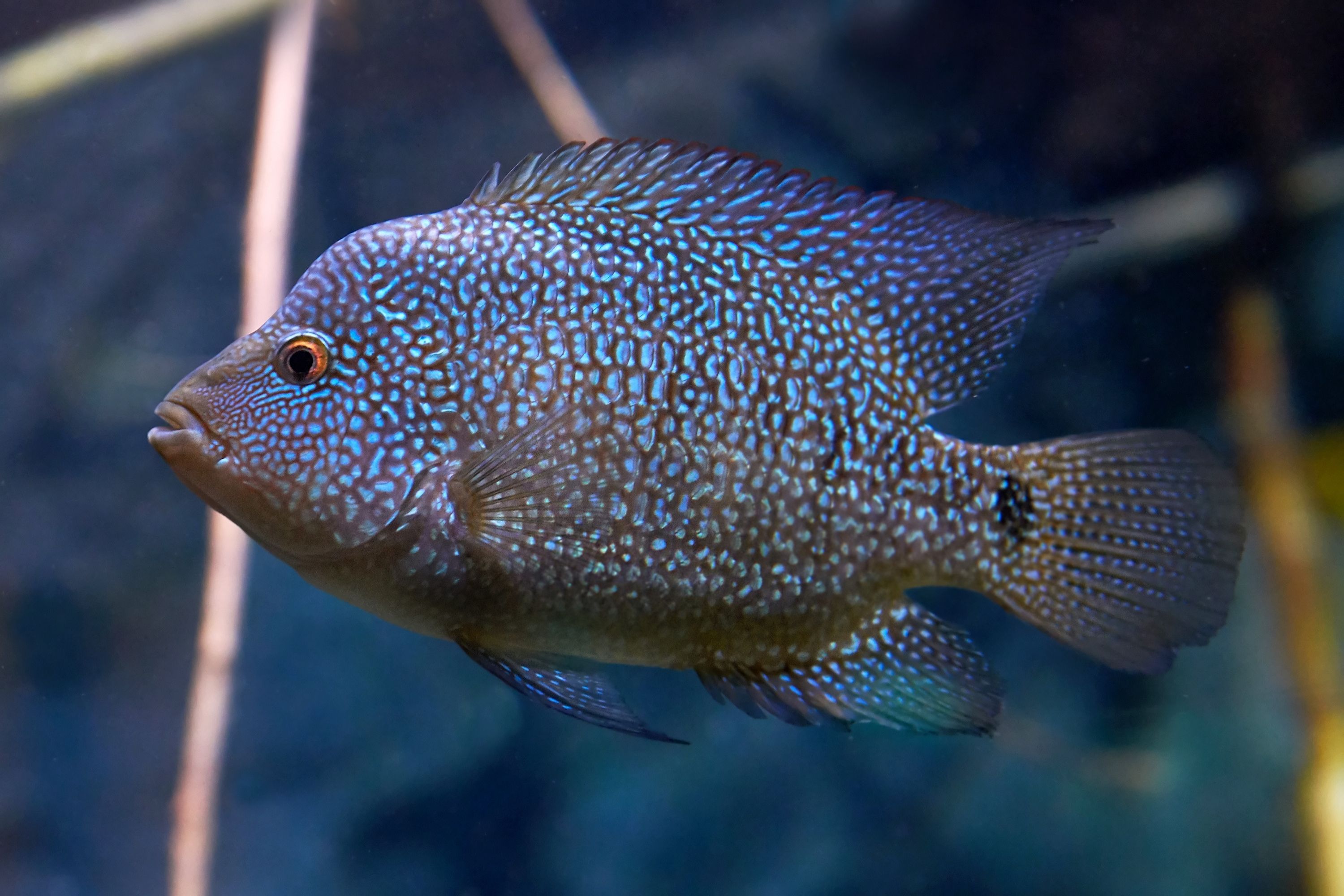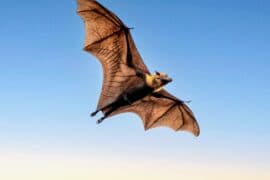Texas cichlid
(Herichthys cyanoguttatus)

Description
The Texas cichlid (Herichthys cyanoguttatus, formerly Cichlasoma cyanoguttatum) is a freshwater fish of the cichlid family. This is the only cichlid species that is native to the United States. The fish, also known as Rio Grande cichlid, originates from the lower Rio Grande drainage in Texas near Brownsville and Northeastern Mexico. Herichthys cyanoguttatus can grow to be over 13 in (33 cm) and are differentiated by their distinctive characteristics and specific habitat needs. This cichlid is known for its cream and turquoise spots. Adult males also develop a nuchal hump on their head. This cichlid also prefers the water temperature to be between 68 and 82 °F (20–28 °C) and are negatively affected by rapid changes in temperature. The Texas cichlid was originally part of the genus Cichlasoma until this group was restricted to South American cichlid species. The fish is now a part of Herichthys, which is defined as cichlids that "share a color pattern of short vertical bars and black spots posteriorly from the middle of the side, and a unique breeding color pattern in which the dorsal half of the entire head and anterior flank region turns a pale grayish color in contrast to black or dark gray adjacent areas, or the entire body turns pale." The cichlid is known for its complex reproductive behavior with a long parental care period. The mating habits of the cichlid are tied to the monogamous nature of the fish. The competitive pairs always consist of a larger male and a smaller female. These pairs travel long distances between the months of March and August to mate and aggressively defend their mating sites against other pairs of cichlids. Prior to spawning, a site, generally consisting of rocks in water less than 30 cm deep, is chosen by both parents and cleaned by nipping the surface. No individual cichlid appears to maintain territory prior to mating. After a territory is selected and cleaned, the eggs are deposited. Females release between 1-5 eggs at a time. Males then go to the eggs and excrete a seminal fluid onto the egg. This process is repeated until around 2000 eggs have been distributed. During the egg stage, both parents alternate in the parental tasks, though males spend more time patrolling territory and females spend more time actively attending to the offspring by fanning the eggs. At certain intervals, the female cichlid stops fanning the eggs and begins nipping at them.
Taxonomic tree:







